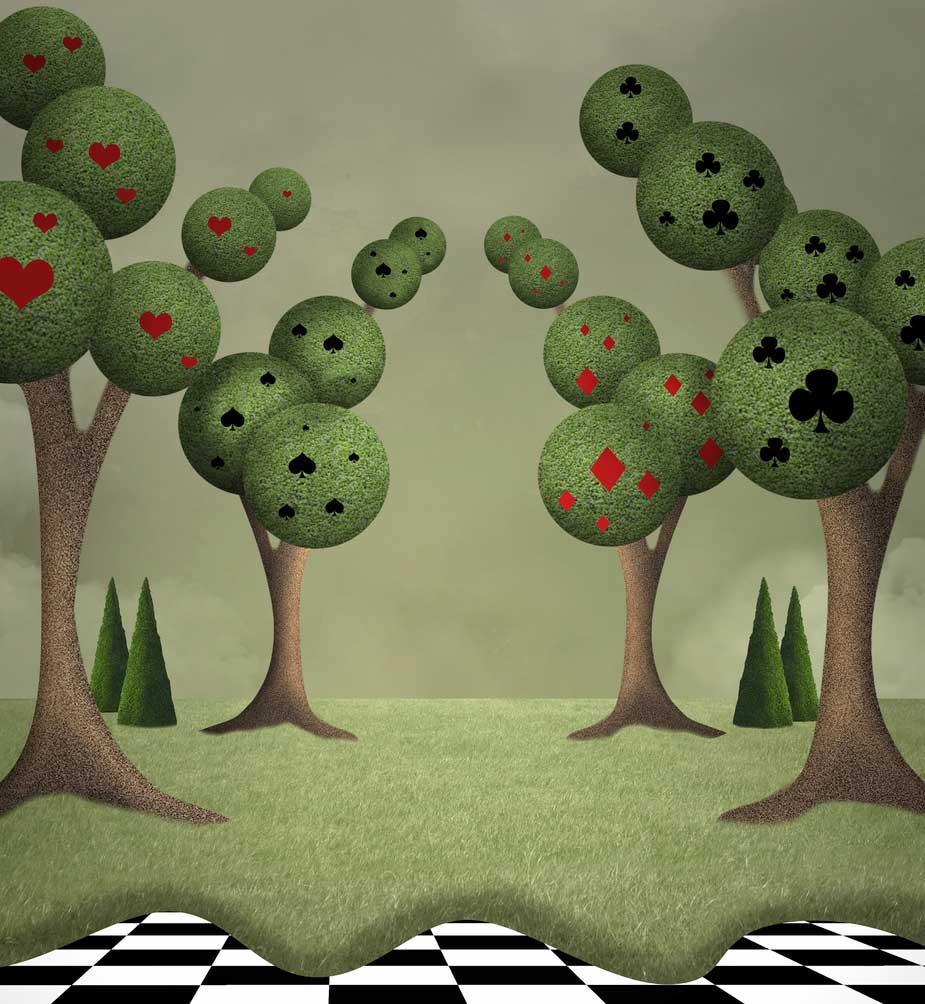iodine
nounA lustrous, purple-black, corrosive, poisonous halogen occurring as a diatomic molecule, I2, that easily sublimes to give a purple gas and is a trace element essential for proper thyroid function. Radioactive isotopes, especially I-131, are used as medical tracers and in thyroid disease diagnosis and therapy. Iodine compounds are used as germicides, antiseptics, and dyes. Atomic number 53; atomic weight 126.9045; melting point 113.7°C; boiling point 184.4°C; density of gas 11.27 grams per liter; specific gravity (solid, at 20°C) 4.93; valence 1, 3, 5, 7. cross-reference: Periodic Table.
nounAn antiseptic preparation containing iodine in solution, used to treat wounds.
nounChemical symbol, I; atomic weight, 126.9. In chem., a peculiar non-metallic elementary solid substance, forming one of the group of halogens.
nounA nonmetallic element, of the halogen group of atomic number 53, occurring always in combination, as in the iodides. When isolated it is in the form of dark gray metallic scales, resembling plumbago, soft but brittle, and emitting a chlorinelike odor. Symbol I. Atomic weight 126.90. If heated, iodine volatilizes in beautiful violet vapors.
nounan artificial green dyestuff, consisting of an iodine derivative of rosaniline; — called also
a pigment of an intense scarlet color, consisting of mercuric iodide.
nouna brilliant yellow pigment, consisting of plumbic iodide.
nounA chemical element (symbol:
An
An




